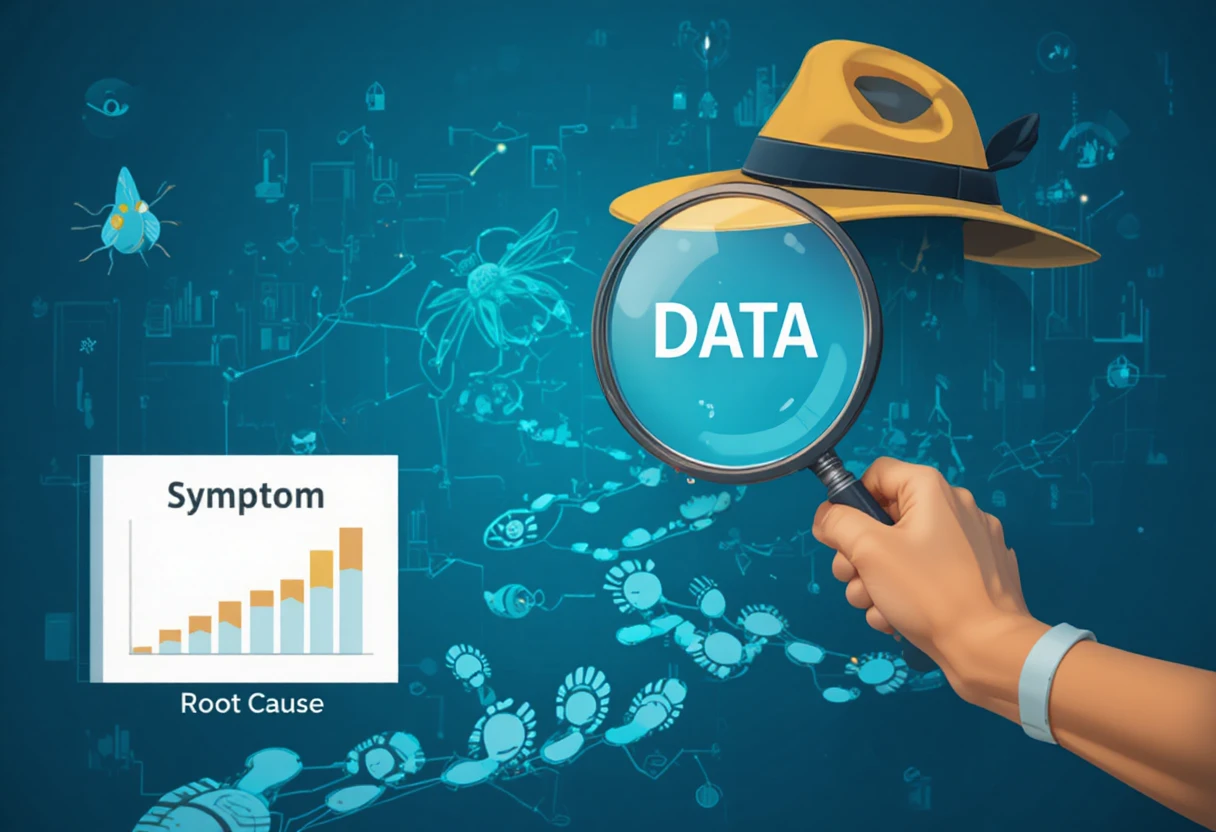Introduction
For Technical Program Managers (TPMs), cross-functional collaboration is at the heart of successful program delivery. As teams become more distributed and projects grow in complexity, the ability to align engineering, product, design, operations, and business stakeholders is more critical than ever. In 2025, TPMs need updated strategies to ensure seamless collaboration across diverse teams.
Why Cross-Functional Collaboration Matters
TPMs act as the glue between functions, ensuring that projects don’t stall due to misalignment. Strong collaboration minimizes duplication of effort, reduces delays, and fosters innovation by combining expertise from different domains.
Best Practices for TPMs
1. Establish Clear Communication Frameworks
Define structured communication channels—such as weekly syncs, Slack updates, and executive briefings—to avoid confusion and ensure all teams stay aligned.
2. Align on Shared Goals Early
Before execution begins, ensure all stakeholders agree on success metrics and priorities. This helps prevent conflicts later in the program.
3. Leverage Collaboration Tools Effectively
Use tools like Notion, Confluence, Miro, and Jira to centralize documentation, decisions, and project updates so every stakeholder has visibility.
4. Build Strong Relationships, Not Just Processes
Collaboration isn’t just about meetings—it’s about trust. TPMs should invest in 1:1s with stakeholders to understand concerns and foster a partnership mindset.
5. Encourage Transparent Conflict Resolution
Disagreements are inevitable. TPMs must act as neutral facilitators, focusing on data-driven discussions and trade-offs to find common ground.
6. Adapt to Hybrid & Remote Work Realities
In 2025, many teams are global. TPMs should adapt collaboration strategies—like async updates, recorded standups, and time-zone-aware planning—to keep everyone included.
Example in Action
At a global product launch, a TPM can:
- Use Miro for cross-team brainstorming.
- Document decisions in Confluence for visibility.
- Align on priorities with OKRs shared across functions.
- Hold bi-weekly stakeholder reviews for alignment.
Conclusion
Cross-functional collaboration is no longer optional—it’s the core superpower of successful TPMs. By adopting these practices, TPMs in 2025 can drive smoother execution, stronger alignment, and more impactful program outcomes.
FAQs
Q1: How can TPMs manage collaboration across different time zones?
Leverage asynchronous tools like Loom or Notion and rotate meeting times to balance team inclusivity.
Q2: What if two stakeholders strongly disagree on priorities?
TPMs should bring data, highlight trade-offs, and escalate only when absolutely necessary to avoid project delays.
Q3: Which tools are most effective for cross-functional collaboration?
Tools like Slack, Jira, Notion, Confluence, and Miro are widely used to streamline communication and documentation.

.jpg)

.jpg)

































.webp)








